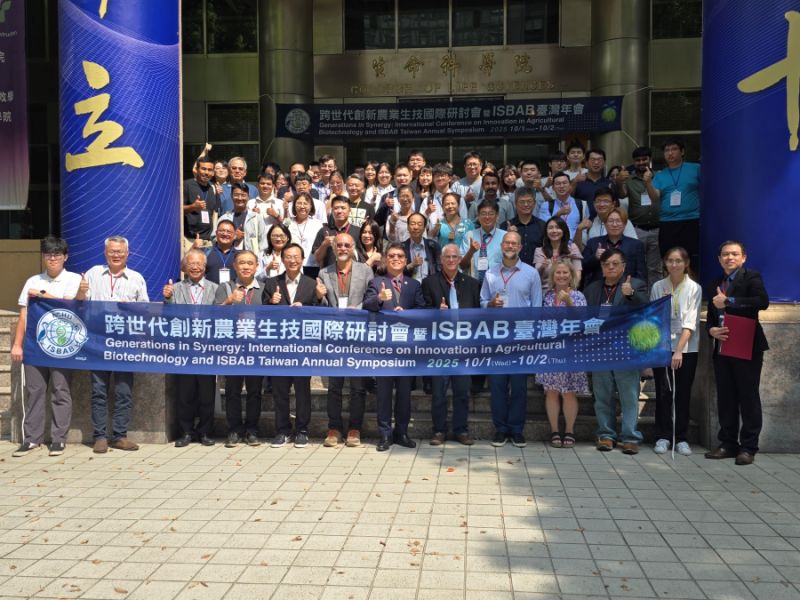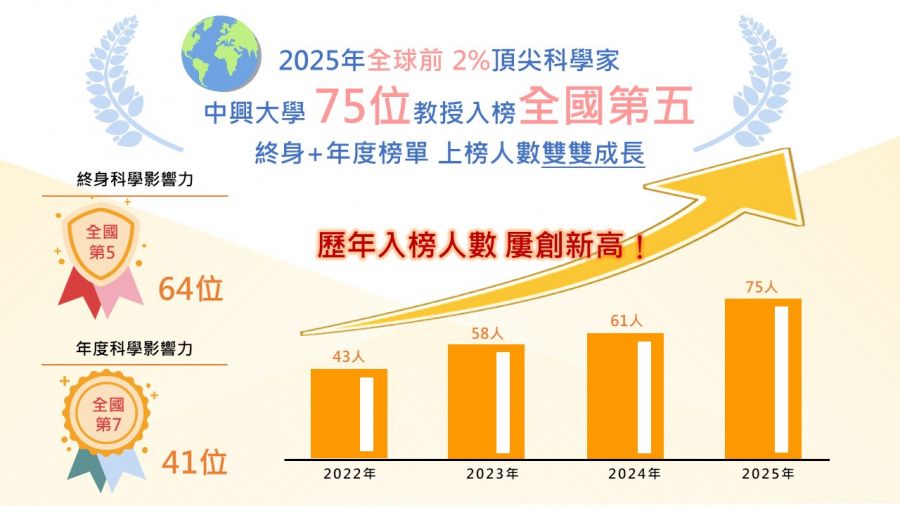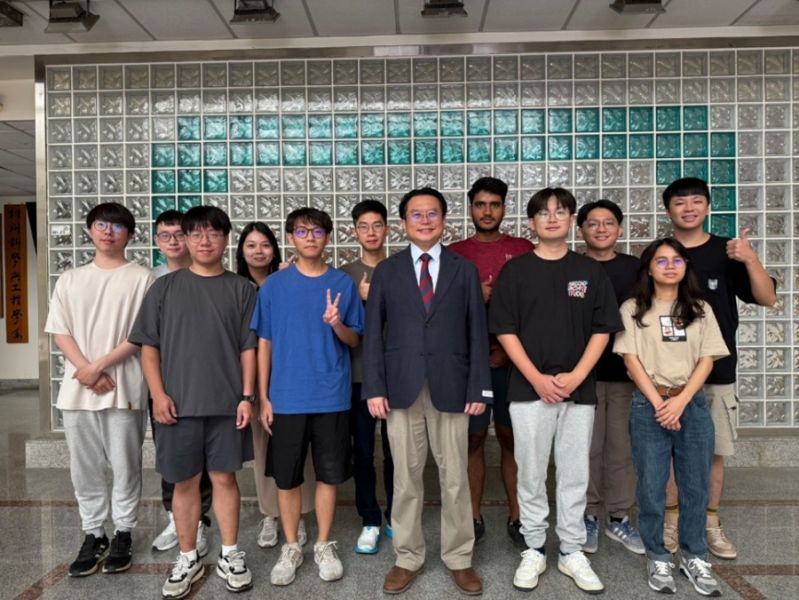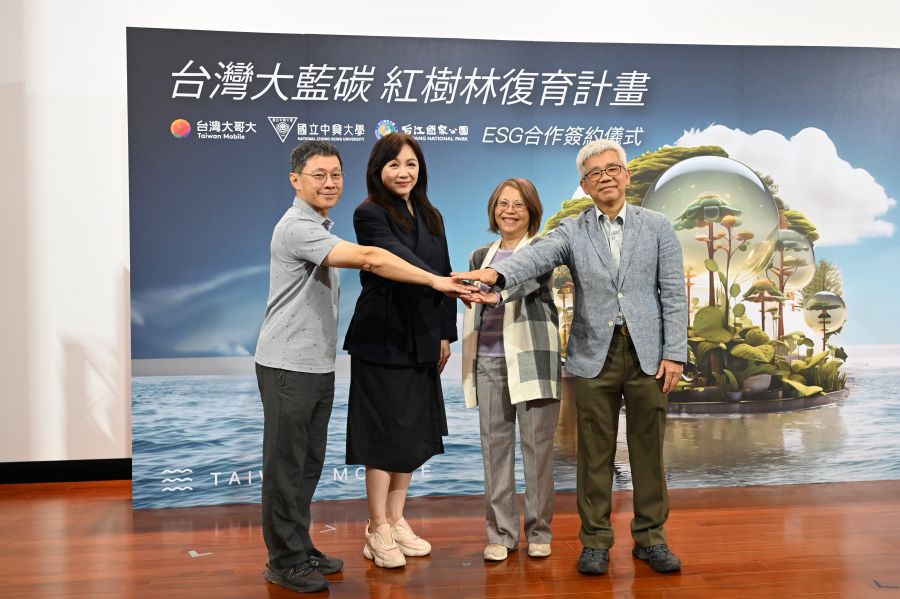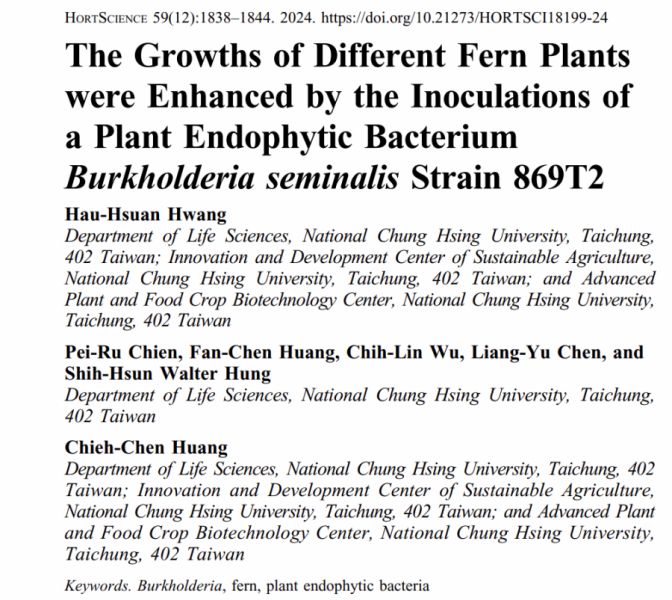| 論文篇名 | 英文:Self-Healing Nanophotonics: Robust and Soft Random Lasers, 中文:自修復光電元件:強韌與柔軟的隨機雷射 |
| 期刊名稱 | ACS Nano (IF=13.71; 排名94.257% (9/148)) |
| 發表年份,卷數,起迄頁數 | 2019, 13, 8977-8985 |
| 作者 | Yun-Tzu Hsu‡, Chia-Tse Tai‡, Hsing-Mei Wu‡, Cheng-Fu Hou, Yu-Ming Liao, Wei-Cheng Liao, Golam Haider, Yung-Chi Hsiao, Chi-Wei Lee, Shu-Wei Chang, Ying-Huan Chen, Min-Hsuan Wu, Rou-Jun Chou, Krishna Prasad Bera, Yen-Yu Lin, Yi-Zih Chen, Monika Kataria, Shih-Yao Lin, Christy Roshini PaulInbaraj, Wei-Ju Lin, Wen-Ya Lee, Tai-Yuan Lin, Ying-Chih Lai*, and Yang-Fang Chen* |
| DOI | 10.1021/acsnano.9b02858 |
| 中文摘要 | 此研究實現世界上第一個可自修復的隨機雷射元件,此突破性的研究成果刊登於國際頂尖期刊《美國化學學會奈米》(ACS Nano) |
| 英文摘要 | Self-healing technology promises a generation of innovation in cross-cutting subjects ranging from electronic skins, to wearable electronics, to point-of-care biomedical sensing modules. Recently, scientists have successfully pulled off significant advances in self-healing components including sensors, energy devices, transistors, and even integrated circuits. Lasers, one of the most important light sources, integrated with autonomous self-healability should be endowed with more functionalities and opportunities; however, the study of self-healing lasers is absent in all published reports. Here, the soft and self-healable random laser (SSRL) is presented. The SSRL can not only endure extreme external strain but also withstand several cutting/healing test cycles. Particularly, the damaged SSRL enables its functionality to be restored within just few minutes without the need of additional energy, chemical/electrical agents, or other healing stimuli, truly exhibiting a supple yet robust laser prototype. It is believed that SSRL can serve as a vital building block for next-generation laser technology as well as follow-on self-healing optoelectronics. |
【學術亮點】自修復光電元件:強韌與柔軟的隨機雷射 2019-08-07

設施農業:綠能設施開發【材料系賴盈至助理教授】

